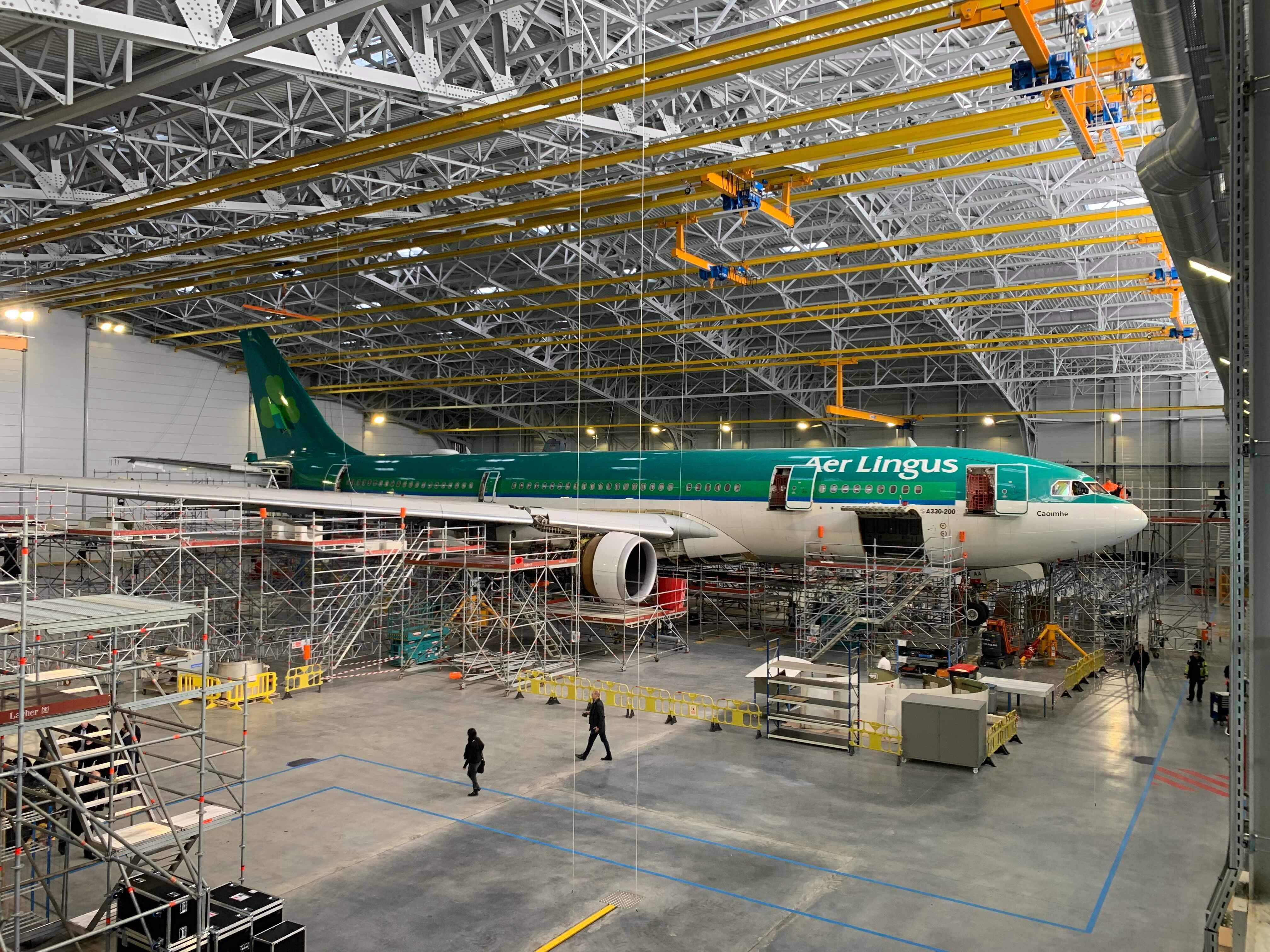
There are major benefits to MROs getting rid of their own paperwork during heavy checks, and there could be even more if all communications with customers went paperless as well.
That is the view of François Doré, SVP innovation and strategy at Sabena Technics, which is just now completing its internal paperless journey, and wants to extend the approach through the external aviation ecosystem.
The MRO launched its digitization program in 2018, directed toward major airframe activities. It took 12 months of implementation until the first C check of an Airbus A330 was fully digital. “Such an implementation is a deep change of process, behavior and way of thinking,” Doré explains.
The first step was elaborating a vision of its business, then the MRO had to choose the most appropriate and efficient tool. Sabena Technics decided to develop as quickly as possible an initial version of its digital tools and processes. Then it could extend and expand on the new approach, by launching a new version each month over six months.
Sabena Technics chose eMRO and eMobility, a suite developed by TRAX, for the paperless innovation. For electronic signatures, user identification and password are used. A Personal Identification Number, or PIN, is used to ensure the mechanic has the skill required by a task card.
Doré says change management was the most challenging aspect of going paperless. “The change is huge, not only for mechanics in the field but also for all people working around the check. The processes are not fully digitally integrated yet.”
As of summer 2020, all A330 and A350 checks done at Sabena Technics’ Bordeaux site were 100% paperless. Starting this December, any new check or aircraft modification done at any of the MRO’s several heavy-check sites will also be performed paperless.
At present, customers are integrated in the digital approach. A customer representative has access to a customer portal with the live information about his check. This data includes progress, planning, validation of non-routine tasks and supply decisions that have to be made. “He has a real-time vision of the work performed on his aircraft,” Doré summarizes.
The MRO itself immediately gained from real-time access to information. For instance, non-routine tasks are raised on an iPad, then sent immediately for review to a technical expert and presented to the customer for validation. In parallel, the supply-chain for the necessary parts is launched. “The overall process is significantly quicker and enables us to secure or reduce turn-around time,” Doré says.
Internally, operational performance is increased through a better use of man-hours. Supply chain and planning performance are other key gains. Aircraft documentation accessible on iPads is also a positive benefit as it encourages autonomy.
Although customers can see the work being performed now, Doré would like them to be even more included in the platform. “We would like to create digital interfaces to be able to receive digitally their work-pack and send them back the status of their task cards directly into their information system. There is added value for both of us to limit double manual entries. It would be a win-win approach.”





